6.8 /10 1 Votes6.8
Country of origin United States Final episode date 11 September 1977 Genre Game show | 6.8/10 IMDb Theme music composer Stuart Levin First episode date 18 September 1976 | |||||||||||||||||||||||||||||||||
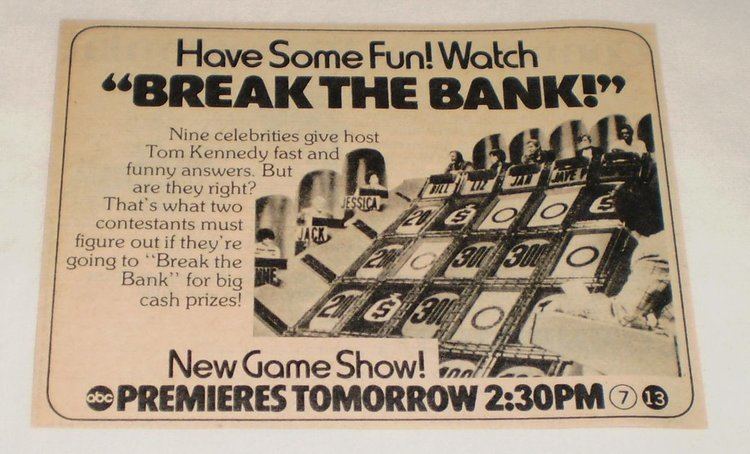 | ||||||||||||||||||||||||||||||||||
Presented by Tom Kennedy (ABC)Jack Barry (Syndicated) Location(s) ABC Television CenterHollywood, California Production company Barry & Enright Productions Similar Game show, Juvenile Jury, Hollywood's Talking, Hot Potato, Hollywood Connection | ||||||||||||||||||||||||||||||||||
Break the Bank is an American game show created by Jack Barry and Dan Enright and produced by their production company Barry & Enright Productions. It was the first game show produced by Barry and Enright as a tandem since their fall from grace following the 1950s quiz show scandals.
Contents
- Break the bank 1976 opening segment
- Gameplay
- Board
- Winning
- Bonus round
- Broadcast history
- Foreign versions
- Home edition
- References
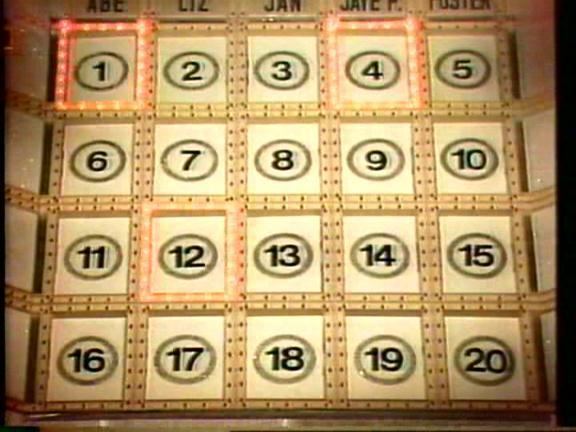
The show aired in the spring and summer of 1976 as an ABC daytime series hosted by Tom Kennedy, and in weekly syndication during the 1976–1977 season, hosted by creator-producer Barry.
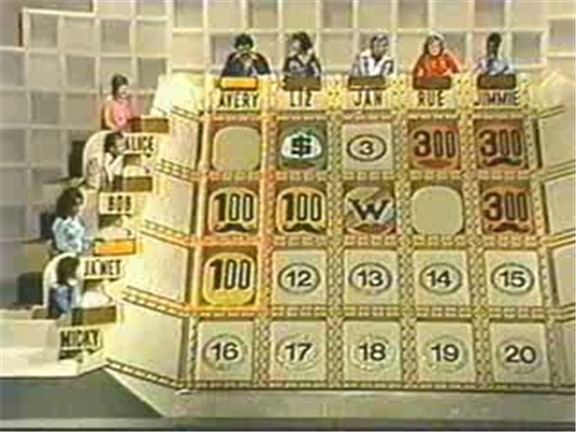
Break the bank 1976 opening segment
Gameplay
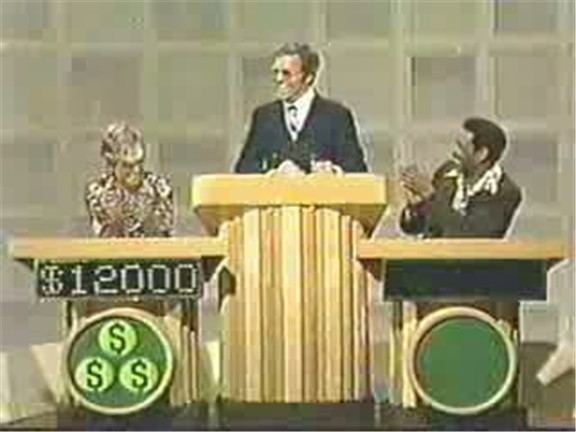
Break The Bank featured nine celebrities, and pitted one male and one female contestant against one another. The contestants took turns calling out numbers on a large board with 20 numbered trilons, laid out in four rows of five. The celebrities sat in positions along the top and left edges of the board, so that every number was in one celebrity's row and another's column.
Board
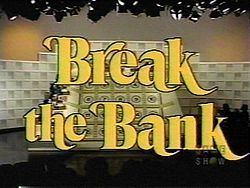
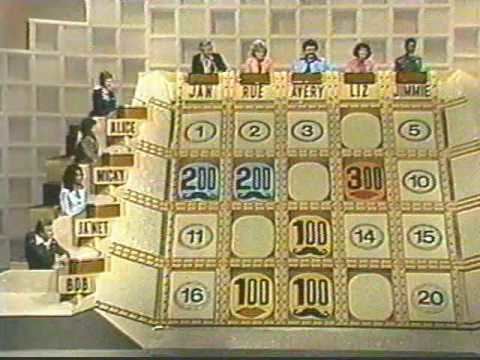
When either a money box or the Wild Card was uncovered, a question was asked to the two celebrities connected to that number. Both of them gave an answer, but only one was correct. (On rare occasions, both celebrities would give a bluff answer, forcing the question to be discarded for a new one.) If a contestant chose the correct answer, he/she claimed the box (marked with the proper symbol, a mustache or a pair of lips) and kept control; if not, his/her turn ended. Originally, a space would return to a neutral position when the contestant missed a question. The rules were later changed to speed up gameplay by awarding it to the opponent unless it would lead to a win by default.
Winning
There were two ways to win a game:
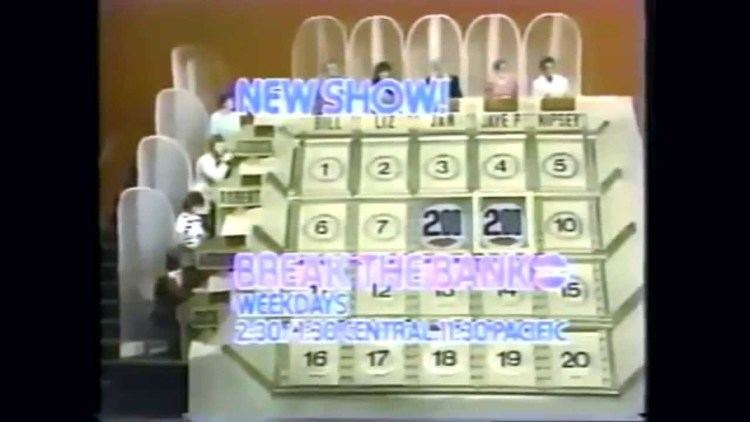
On the ABC version, champions stayed either until defeated or until they surpassed the network's winnings limit of $20,000. However, champions were allowed to keep up to $25,000. In addition, the first contestant (the champion, if there was one) could win the game before the challenger had the chance to select a number. When this happened, the challenger remained on the show for the next game.
On the syndicated version, whoever broke the bank first won the match and advanced to the bonus round. If no one broke the bank before time ran out, the player who had won more games was declared the winner. Both players kept their winnings from individual games.
Bonus round
The bonus round was only played on the syndicated version. Each celebrity held a card, eight with various amounts of money (in $100 increments from $200 to $1,000) and one that read "BUST." The contestant selected one celebrity at a time, and had the option to stop at any time and keep the total of all the revealed amounts. The round ended if the contestant either found the "BUST" card, which forfeited the accumulated money, or reached a total of $2,000 or more, in which case his/her winnings were increased to $5,000.
Broadcast history
Break the Bank had two separate runs on American television. The first was as a daily series that aired from April 12 to July 23, 1976 on ABC, airing at 2:30 p.m. Eastern/1:30 Central. Although the series was popular, the network canceled it in order to expand the soap operas One Life to Live and General Hospital, both of which followed it on the daytime schedule, from 30 minutes to 45 minutes. The show quickly returned as a weekly syndicated game from September 18, 1976 to September 11, 1977.
On the daytime show, games straddled episodes, meaning that game play would stop when time ran out and would be completed on the next episode. On the syndicated version, each episode was self-contained due to syndication practices of the era; two contestants competed for the entire episode, with multiple games per show, and the contestant who broke the bank first or won the most games became champion and played the bonus round. If time ran short in the middle of a game, the contestants alternated choosing squares without questions, and the first contestant to get three of anything won (a format that also determined the winner of the final ABC episode).
Foreign versions
The 1970s Break The Bank also had two unsuccessful versions in Greece. The original version, called Εσεіς זi λέזε; (What About You?), ran on EPT from 1987–88 and was hosted by Kostas Rigopoulous. In 1989, it was revived on the Mega Channel under its new name Τηλεμπλόφες (Tilemplofes) and hosted by Claus Tsivilikas.
Home edition
Milton Bradley released a home edition of the game in 1977. The rules and materials were based on the syndicated version of the show, with the $100–$300–$500 cash cards and the Bonus Round. Basic gameplay had three players participate in three full games, each taking a turn as emcee and two as a contestant, with the player who won the most money being named overall champion.
